Mulberry tree has many other names such as mulberry, mulberry, mulberry... Scientific name is Morus alba L. Morus acidosa Giff, belonging to the mulberry family Moraceae, woody stem, alternate oval leaves, serrated leaf edges.
The shape of the mulberry fruit is many small spheres lying next to each other to form a rough mass, about 3cm long. The mulberry fruit is initially green, then turns red and finally turns dark black when fully ripe.
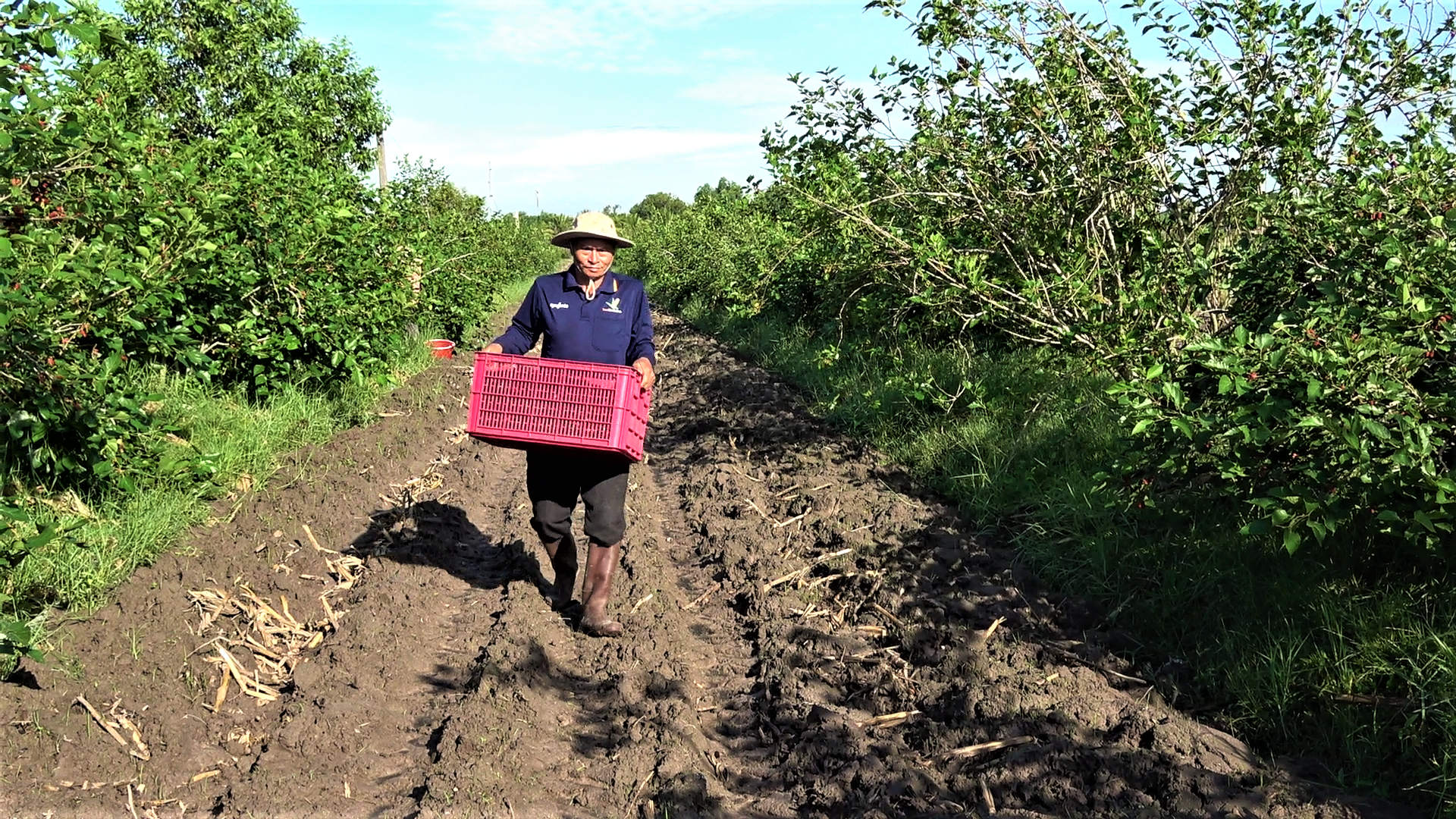
When fully ripe, mulberries have a slightly sour, sweet taste, a characteristic aroma, and are quite delicious. Mulberries also contain many nutrients that are beneficial to human health such as sugar, protein, organic acids, vitamin B1, vitamin C, carotene, antioxidants, fiber, etc.
According to Oriental medicine, ripe strawberries when dried are called tang tham, which has the effect of nourishing blood, nourishing the liver and kidneys, laxative, supporting digestion, enhancing resistance, slowing down the aging process... For a long time, people have used and verified the wonderful uses of this fruit, so it is very popular.

In fact, mulberry trees in Tay Ninh province are not yet widely grown. Only a few places grow them to harvest the fruit to make mulberry wine. People often plant a few trees around their houses as ornamental plants, pick the fruit to eat or make drinks when the mulberry season comes.
Mr. Huynh Thanh Liem realized that the local climate with its long hot season was very suitable if there were a large quantity of mulberry fruit to sell as a refreshing drink for the people. On the other hand, Mr. Liem's son-in-law also had a company specializing in producing mulberry wine (in Suoi Da commune, Duong Minh Chau district). So, Mr. Liem decided to grow mulberry trees on a large scale to sell the fruit.

Mr. Liem said that on the same land area, his family used to grow rice. However, the weather and the selling price of this agricultural product often fluctuated in a direction that was not favorable to farmers. Since his family switched to growing mulberry trees, their income has been more stable.
According to Mr. Liem, after the mulberry tree is grafted and planted, after about 6 months, the tree begins to flower and bear fruit, and the fruit yield increases over time. Currently, Mr. Liem retails mulberry fruit locally at 60,000 VND/kg, and wholesales at 45,000 VND/kg. The amount of money earned from selling mulberry fruit can be up to 200 million VND/year.
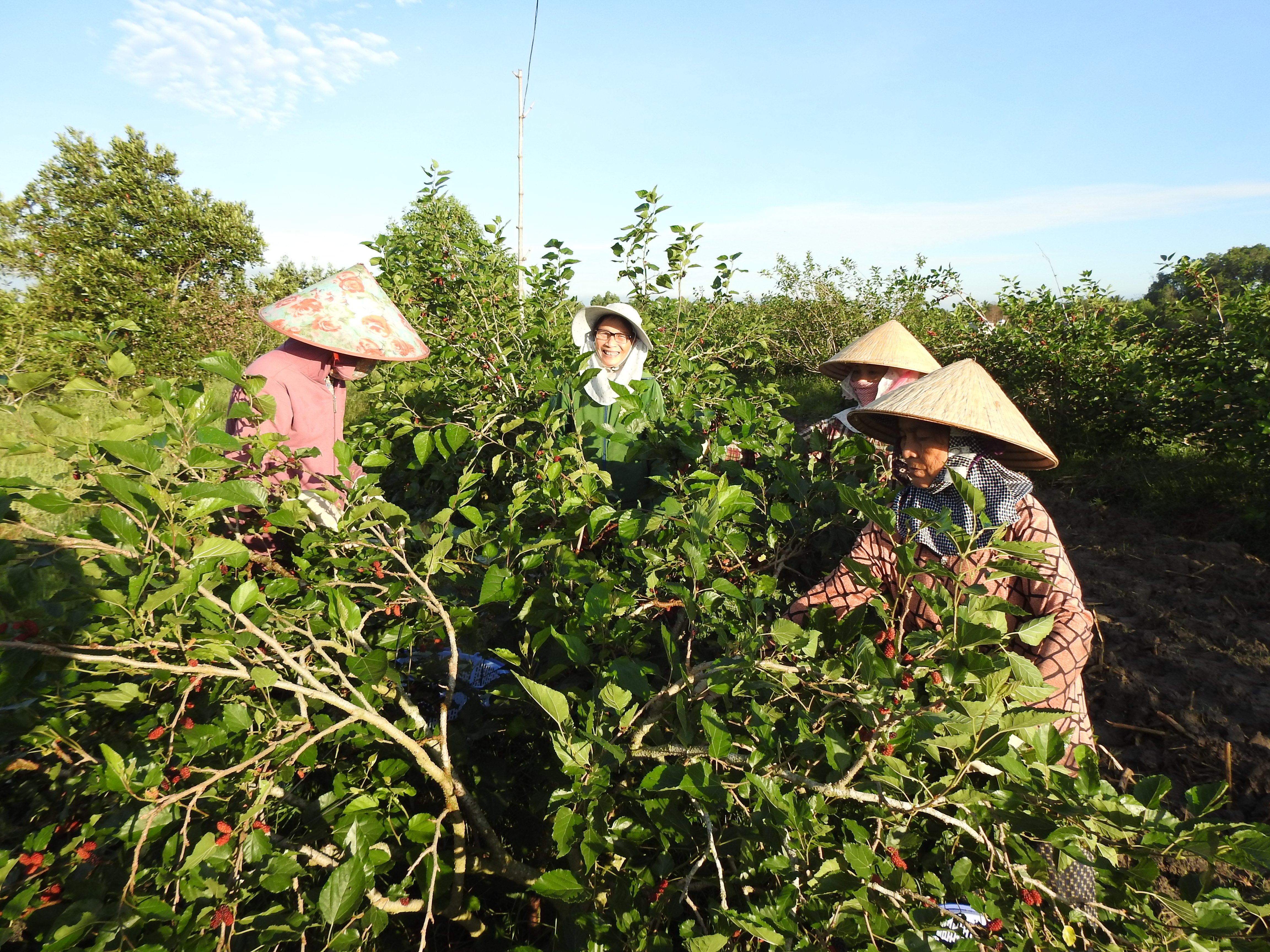
Mr. Liem added that growing mulberry trees is less labor-intensive and requires less capital than other fruit trees such as longan, durian, lemon, etc. He also determined that mulberry is a fruit used to eat directly or ferment to make drinks, so it must be produced according to clean agricultural processes.
Accordingly, the mulberry garden owner does not use chemical fertilizers, only buys trash fish in the area and in Dau Tieng Lake area to compost into fish fertilizer for the plants, with added compost from cassava pulp purchased from cassava factories. Mulberry is a woody plant, the leaves have many components similar to down, so it is less susceptible to pests, so the garden owner does not use chemical pesticides.
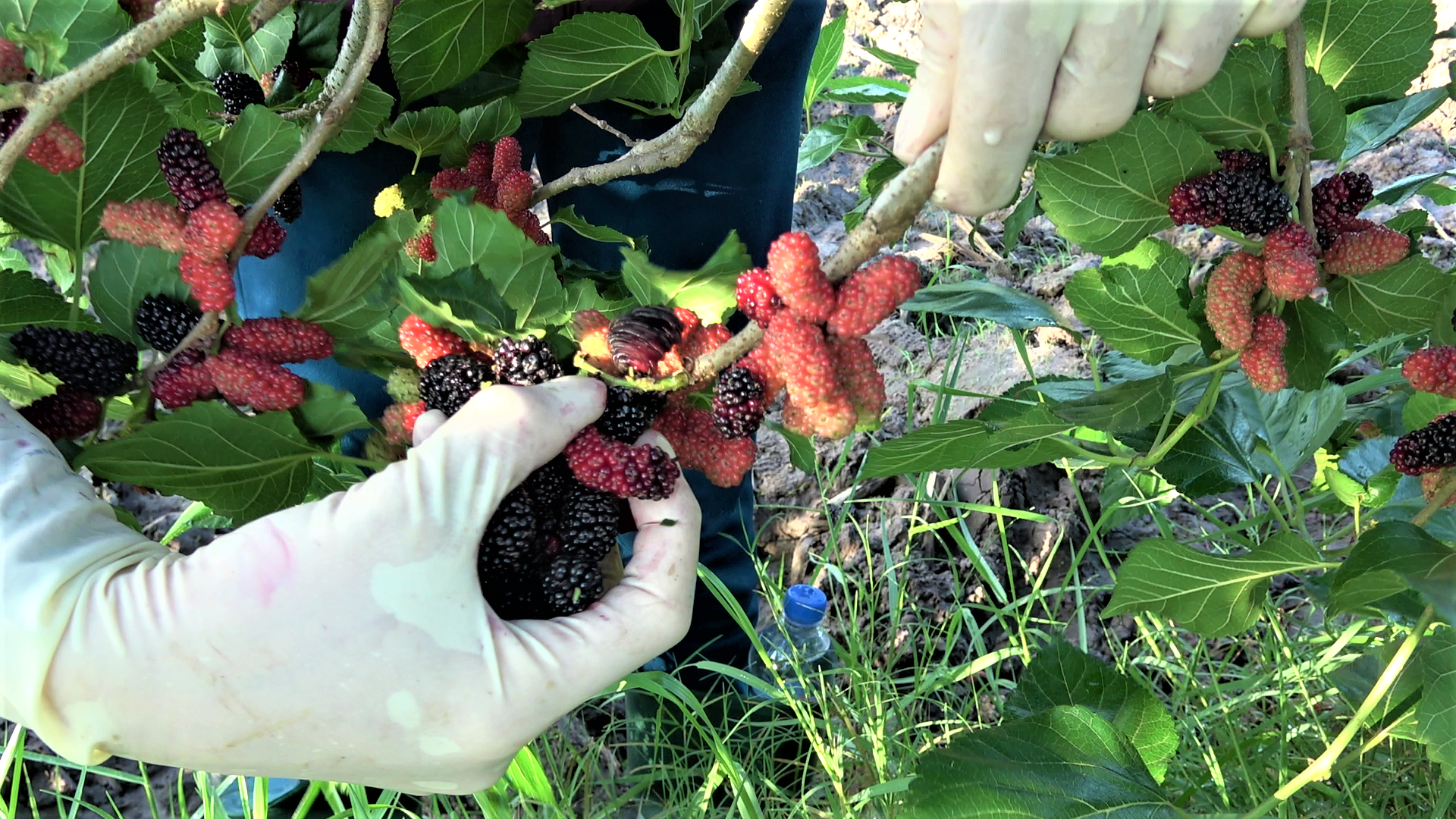
Mr. Liem said that if mulberry trees are not pruned or stripped of leaves, they will bear fruit and ripen between May and July every year. If after harvesting the fruit, the branches are pruned, leaves are stripped, watered and fertilized properly, the tree will continue to bear fruit after about 2 months. Mulberry beds should be divided into many parts on the same area to apply this technique in the previous and following batches in order to have mulberry fruit for sale all year round without having to wait for the mulberry fruiting season.
Mulberries in the garden do not ripen all at once, while consumers tend to prefer dark black ripe fruit, so the garden owner has to hire workers to harvest many times, each time about 3 days apart. Note that the workers picking the mulberries must be gentle because the ripe fruit is quite soft and easily bruised.
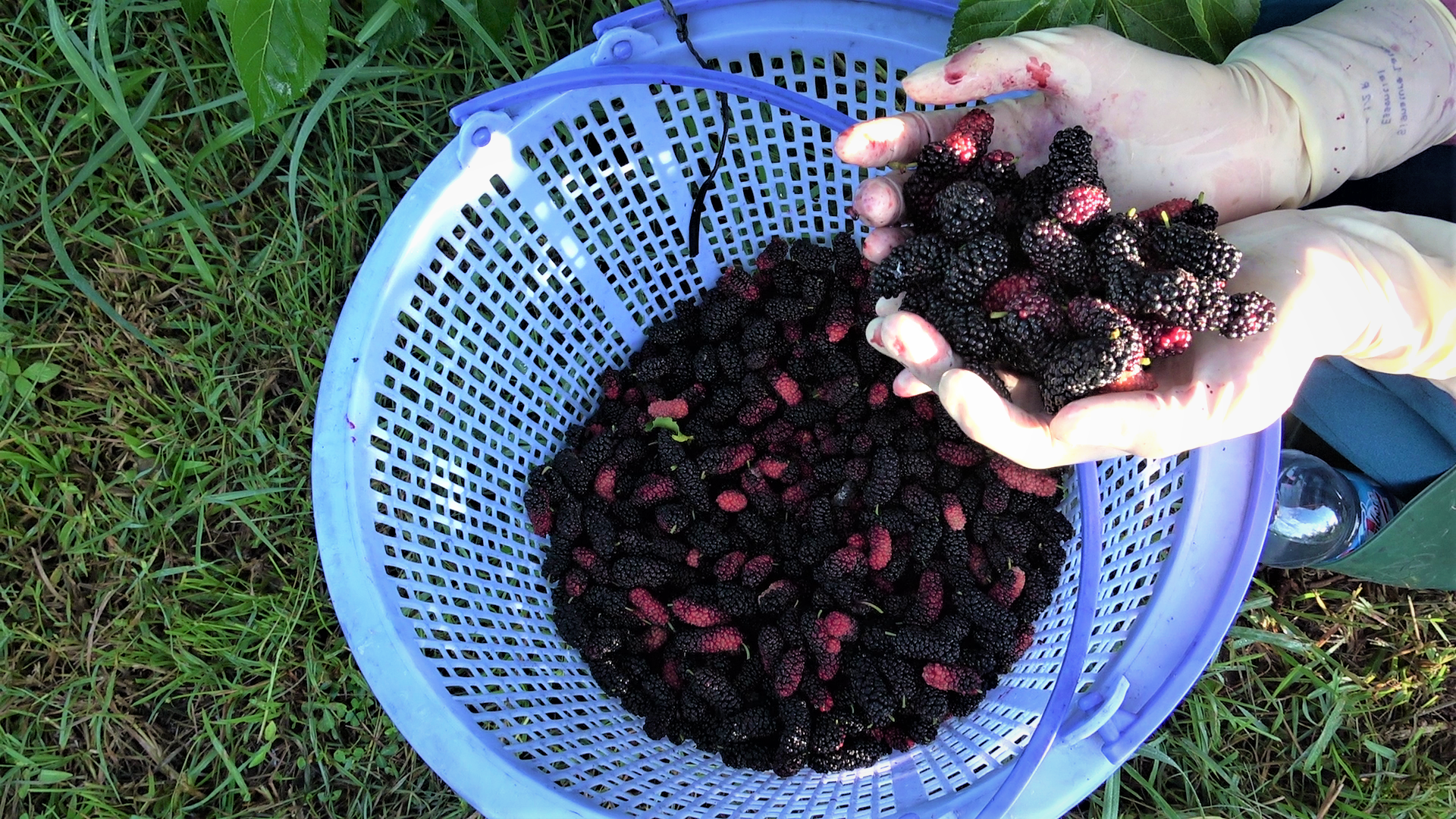
To use ripe mulberries properly, Mr. Liem instructed that you only need to gently wash your hands with clean water before you can eat fresh mulberries. In case customers want to preserve mulberry juice for a long time to make a drink, they must also gently wash their hands with clean water, dry them in the sun before putting the mulberries in a glass jar to preserve, and add a little rock sugar to reduce the natural acidity of the mulberries and stimulate the fermentation process.
Depending on your preference, when making the drink, you can add a little sugar to the glass of strawberry juice, ice, stir well and then enjoy. With the hot weather like today, having this kind of fruit juice to drink is really great.
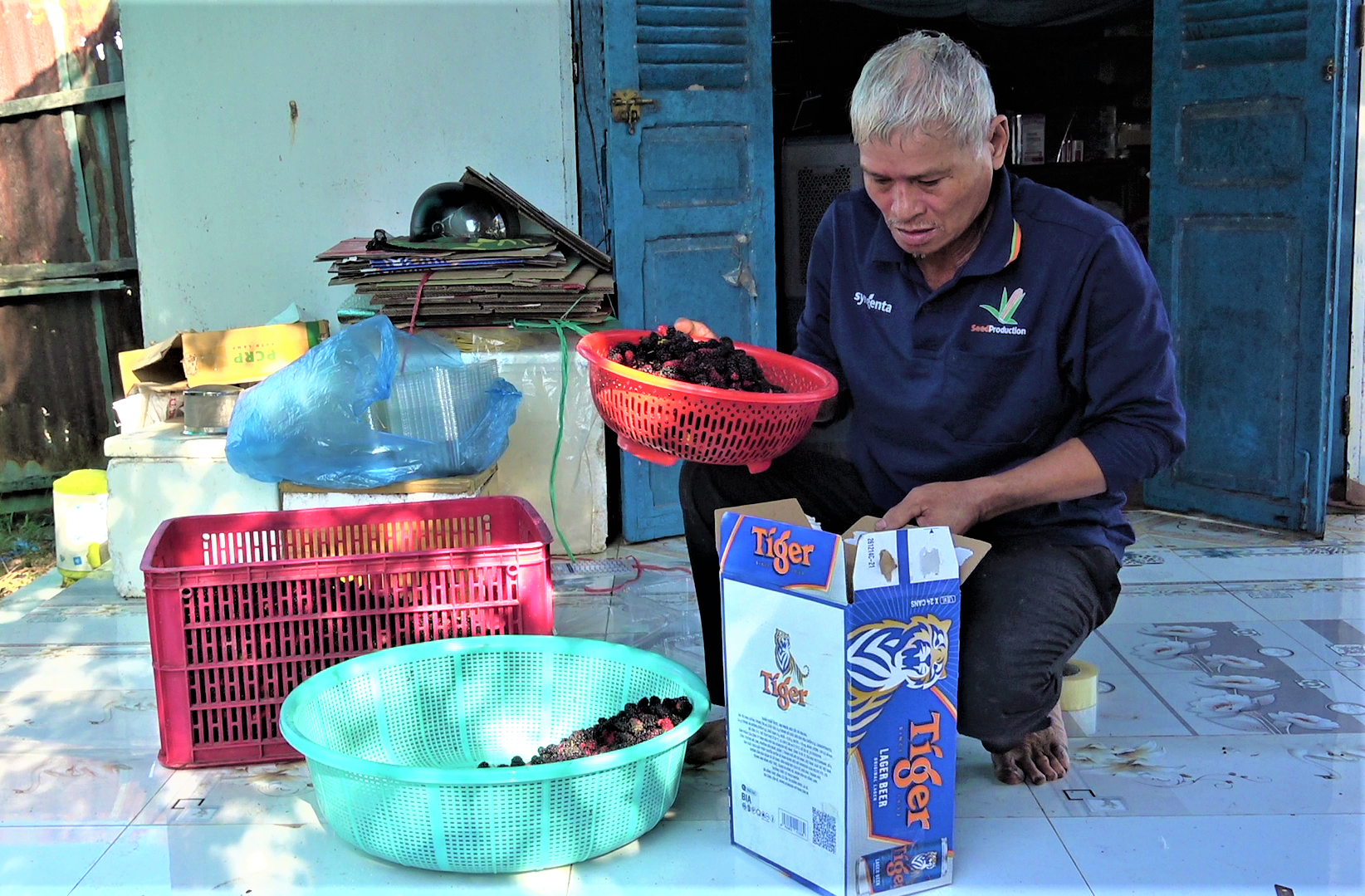
Referring to the output for mulberry products, Mr. Liem said that customers currently buy mulberries mainly through referrals from people who have used them before, and a significant number of other customers know and order "Nam Liem Mulberry" through social networks promoted by his children.
At the time when the mulberry trees are ripe, retail customers cannot sell all the harvested mulberry trees in time, so Mr. Liem sells them wholesale to his son-in-law to make mulberry wine. At this time this year, Mr. Liem's mulberry garden is in full bloom, but the amount of harvested fruit is not enough to deliver to retail customers, while the yield is higher than in 2024.
The economic potential of mulberry is so immediate, however, according to Mr. Liem, people who want to grow this tree to develop the economy on a large scale must consider stable output, especially in the direction of having a company to consume the product or linking sustainable consumption at department stores and supermarkets.
Quoc Son
Source: https://baotayninh.vn/mua-dau-tam-chin-ro-a188482.html


























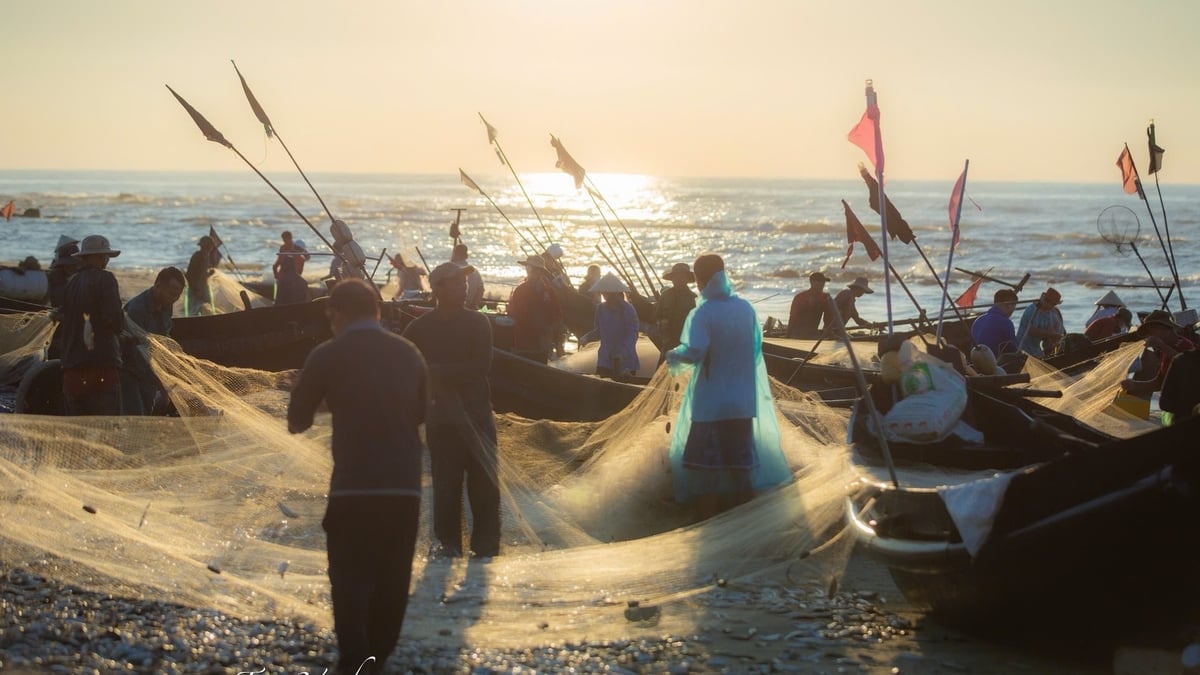

![[Photo] National Assembly Chairman attends the seminar "Building and operating an international financial center and recommendations for Vietnam"](https://vphoto.vietnam.vn/thumb/1200x675/vietnam/resource/IMAGE/2025/7/28/76393436936e457db31ec84433289f72)













































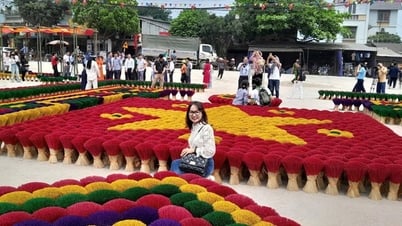















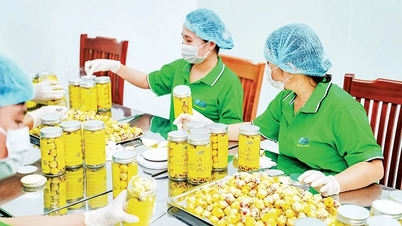








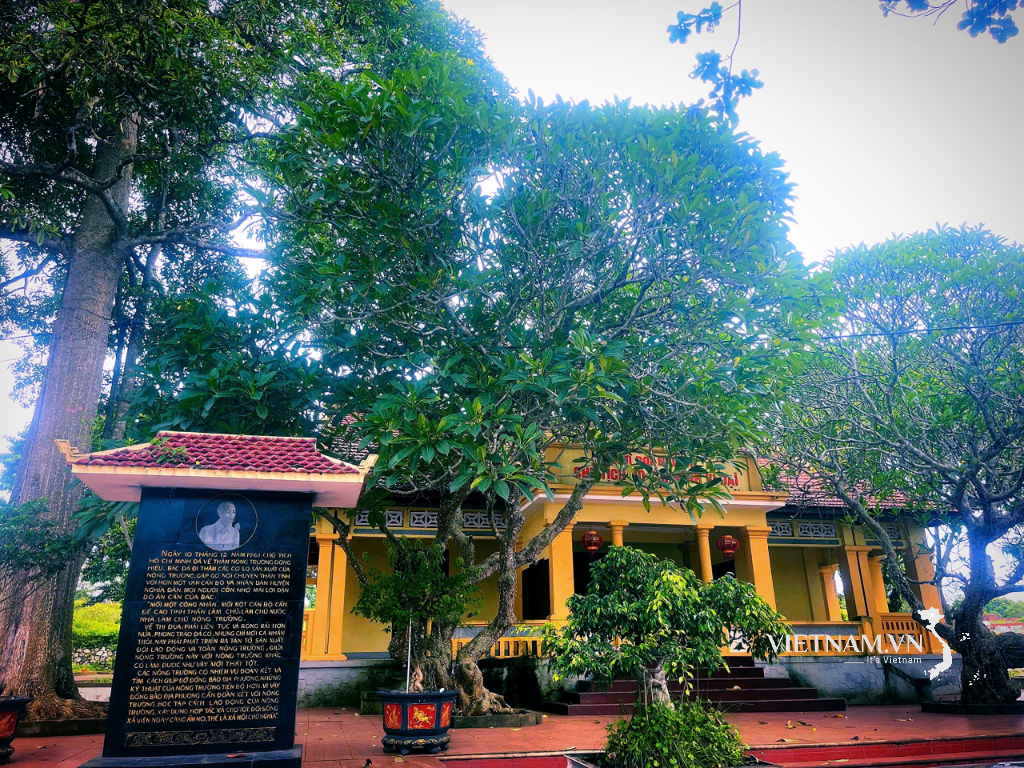

Comment (0)